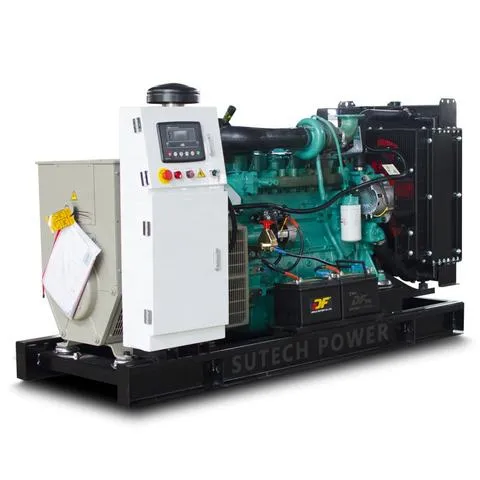Generator Set Synchronization: Best Practices

Understanding Generator Set Synchronization
Have you ever wondered how multiple generator sets can work together seamlessly to provide a reliable power supply? The answer lies in generator set synchronization. In essence, it's the process of connecting two or more generator sets in parallel to share a common load. This is crucial in situations where a single generator set cannot meet the power demand, or when redundancy is required for critical operations.
The Importance of Proper Synchronization
Proper synchronization is vital to ensure safe and efficient parallel operation. If not done correctly, it can lead to severe consequences such as damage to generator sets, electrical equipment, or even pose safety risks to personnel. Here's the thing: when generator sets are not synchronized properly, they can cause large circulating currents, voltage fluctuations, and frequency deviations.
Key Parameters to Synchronize
When synchronizing generator sets, there are three key parameters to consider: voltage, frequency, and phase sequence. All these parameters must be equal on all generator sets before closing the paralleling switch. Let's dive into each one.
Voltage Matching
Voltage matching is the first step in generator set synchronization. The voltages of the incoming generator set and the busbar should be as close as possible - ideally within ±2%. This helps prevent large inrush currents that could damage the generator sets or cause voltage dips.
Frequency Matching
Frequency matching is the next crucial step. The frequencies of the incoming generator set and the busbar should be equal. Even a small difference in frequency can cause large currents to flow once the generators are paralleled. As a rule of thumb, the frequency difference should not exceed 0.2 Hz before closing the paralleling switch.
Phase Sequence Matching
Lastly, phase sequence matching is essential to ensure the generator sets are rotating in the same direction. If the phase sequences are not matched correctly, the generator sets will 'fight' each other, leading to high currents and potential damage. Interestingly enough, phase sequence mismatches are often the most challenging aspect of synchronization, as they are not always apparent from voltage and frequency readings alone.
Practical Synchronization Steps
Now that we understand the key parameters let's look at the practical steps involved in synchronizing generator sets:
- Voltage Adjustment: Adjust the incoming generator set's voltage to match the busbar voltage.
- Frequency Adjustment: Slowly increase or decrease the incoming generator set's speed to match the busbar frequency.
- Phase Alignment: Observe the phase voltages and manually align them to match the busbar phase sequence.
- Close Paralleling Switch: Once all parameters are matched, close the paralleling switch to connect the generator sets in parallel.
Common Challenges and Solutions
Even with the best practices in place, generator set synchronization can still present challenges. For instance, load sharing issues can arise due to variations in prime mover speeds or governor settings. These can lead to unequal distribution of power among the generator sets. To tackle this, our company offers advanced load sharing solutions that automatically adjust the generator set speeds to ensure equal load distribution.
Conclusion
In conclusion, generator set synchronization is a critical aspect of power generation systems. By following best practices and understanding the key parameters involved, you can ensure safe and efficient parallel operation. Remember, proper synchronization not only protects your generator sets but also enhances system reliability and power quality.
For more detailed information, please visit our official website: Generator Set Synchronization




























































 winning power
winning power



